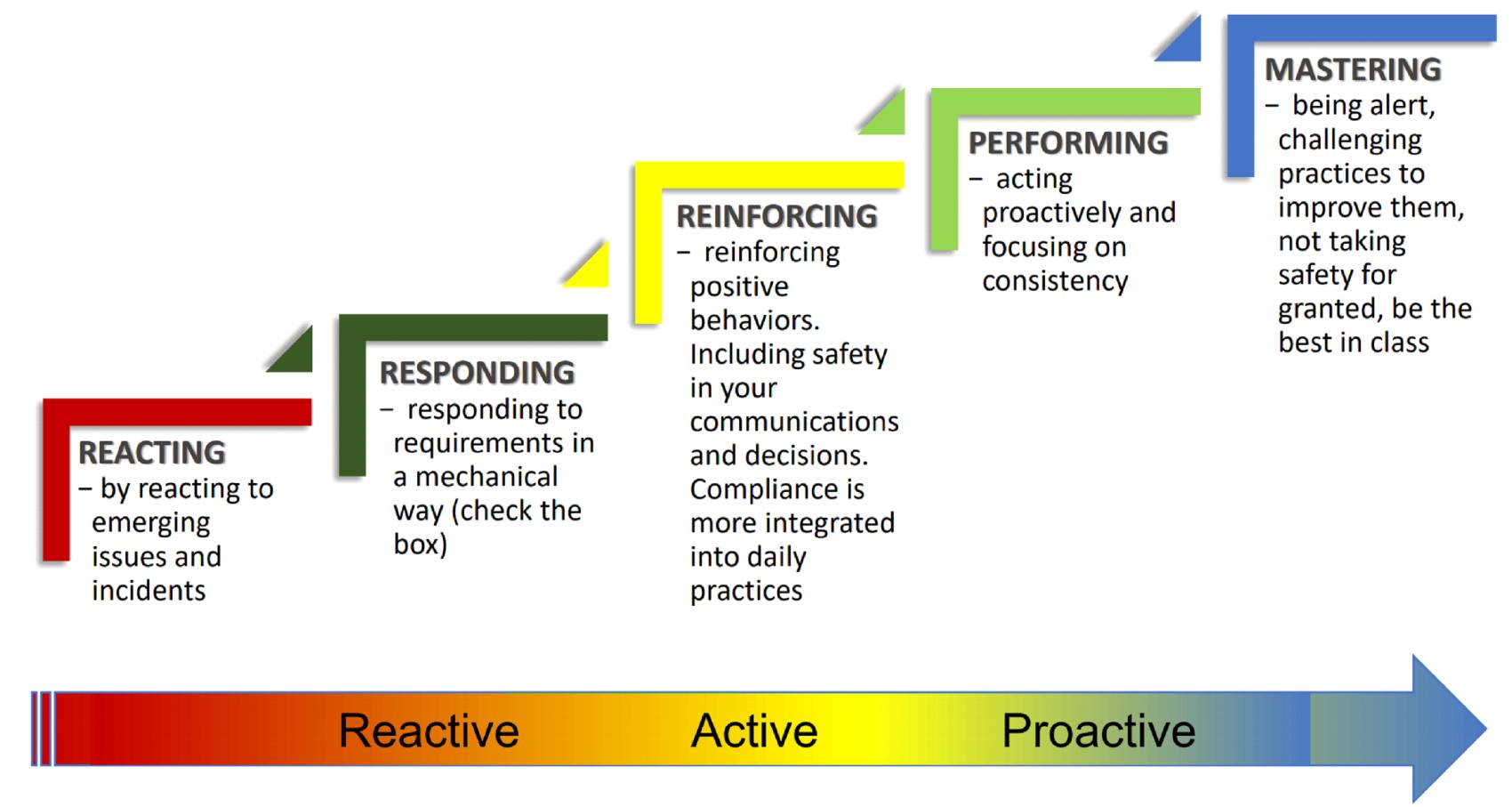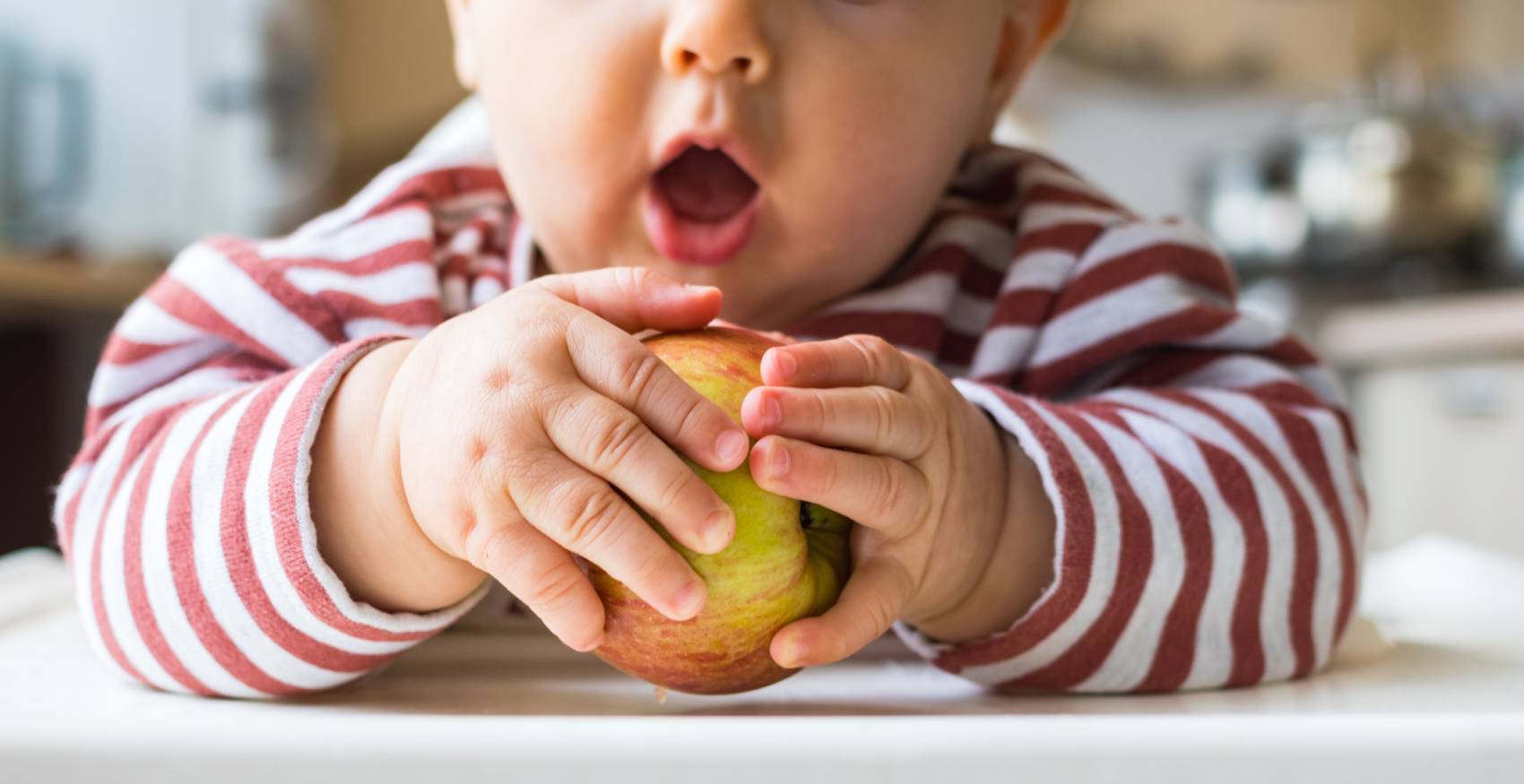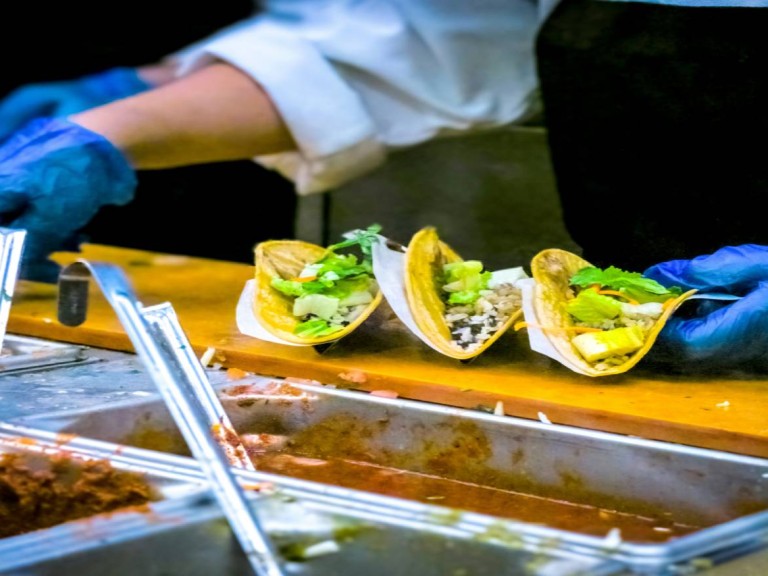Food Safety Culture is not a new term, in fact it has been around for many years and has been included as a component in some GFSI level schemes such as BRC. We are hearing this term more and more in the food industry since in 2020, the Global Food Safety Initiative (GFSI) decided to add Food Safety Culture to it’s benchmarking requirements. If you are in the United States, the FDA has included Food Safety Culture as a pillar in the New Era of Smarter Food Blueprint. Frank Yiannas, Deputy Commissioner for Food Policy and Response, and the principal advisor to the FDA Commissioner in the development and execution of policies related to food safety, including implementation of the landmark FDA Food Safety Modernization Act, has written several books on food safety culture, dating back to 2008. But what is Food Safety Culture, how do we measure it, how do we implement it into our processes? These are just some of the questions our clients are asking. Let’s start with “What is Food Safety Culture?” GFSI defines it as: Shared values, beliefs, and norms that effect mindset and behavior towards food safety in, across and throughout an organization. It should consist of:
We have broken it down into 6 simple steps:
Owner/Management/Leadership Commitment
Management must be involved by committing and supporting a positive food safety culture across the organization. It is critical for owners, managers, and leadership to lead by example for a positive culture to spread throughout the company. Culture is not a checkbox on a list, culture takes time to create and nurture, it may involve investment of training hours, giving positive feedback, and designing a measurement tool to measure success of your program.
Who’s Responsible
It is not usual when asking companies who is responsible for Food Safety Culture, the response is often an individual or department such as QA. Promoting a positive company wide food safety culture requires identification that food safety belongs to everyone. Some company individuals may be responsible for food safety training, communication, and specific food safety tasks but the overall culture, belongs to everyone.
Communication and Training
As we mentioned above, specific individuals may be responsible for training and communication of food safety processes or practices to promote the goal of a food safety culture, it is important that messaging is delivered including the “WHY”. Associates feel empowered and confident when they are educated or knowledgeable on why certain tasks must be performed. An example may be explaining in day-to-day terms the diseases that can be transmitted from humans to food when someone is sick in the workplace. Empower the employee to remind coworkers not to come to work when ill is the next step in the maturity of your food safety culture program.
Resources
So here is where the program can uncover operational or facility issues, during your focus on culture and the promotion of positive open communication between leadership and operations folks, we often learn that corners are cut or tasks are not completed correctly due to extenuating circumstances. Let me provide an example: a facility had an employee responsible at the start of the day for turning on each piece of washing equipment and performing the preoperational inspection of wash lines, tanks, and recirculating pumps. The plant was several hundred sq ft in area, with multiple wash lines. At the same time, he was also scheduled to perform temperature check and chemical concentrations of the wash tanks, recirculating tanks and spray lines which was an impossible task for one person, in fact, we discovered it was almost impossible for two people to complete in the timeline provided. Changes were made to the work schedule and a separation of duties was made to allow two employees to commence work earlier, complete the inspection, get the wash lines running, check temperature and chemical concentrations before production began.
Measure, Monitor and Review
So how do you measure success of culture? Like all business processes you need to start with a baseline of measurement or a point in time evaluation to understand where you are currently - versus where you want to be. Typically, a maturity model, such as the one shown below is used.

Using the model above, if you determine your company is in the “Reacting” phase, you will want to design and implement tasks, responsibilities, training, communications models, and functions to push your company culture into the “Responding” phase, etc. etc. up the scale, so that instead of reacting to food safety issues, you find yourself proactively addressing food safety matters. Do not forget to include a set of criteria you can measure yourself against so you can track and possibly reward positive cultural improvements.
Continuous Improvement
The food industry never stays the same for long, advances in automation and technology keep evolving, so will your culture.
To get started implementing a Food Safety Culture today, call us to discuss a partnership with one of our experienced consultants who can perform your evaluation and deliver a set of SMART objectives and realist goals for success - all the while promoting a health positive food safety culture.
Global Food Safety Consultants is your partner for all things, food safety.
Contact us today or click here to book your free food safety consultation.
Lisa (909) 547-5600 or Lisa@GlobalFoodSafetyConsultants.com
Danny (559) 737-2094 or Danny@@GlobalFoodSafetyConsultants.com





